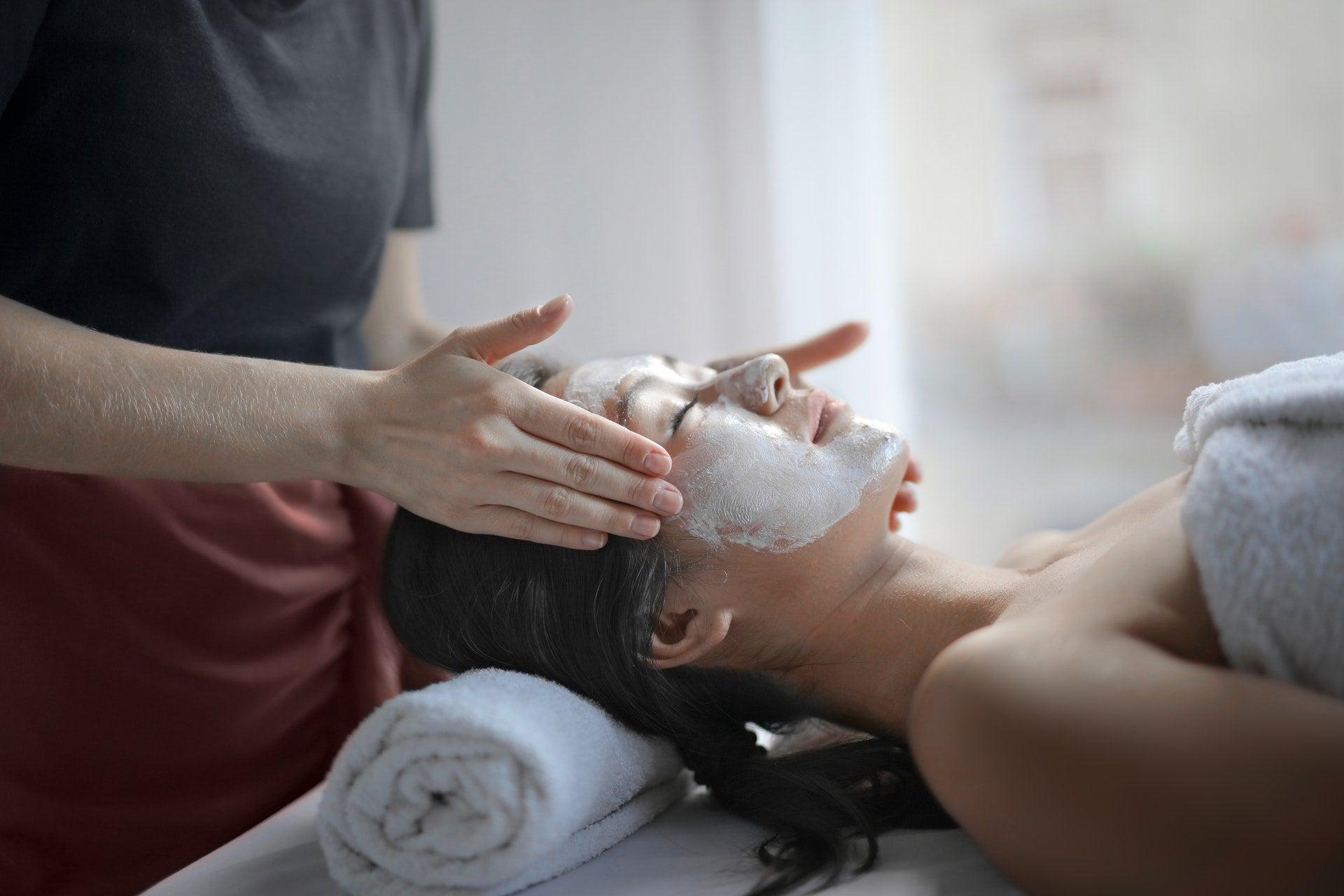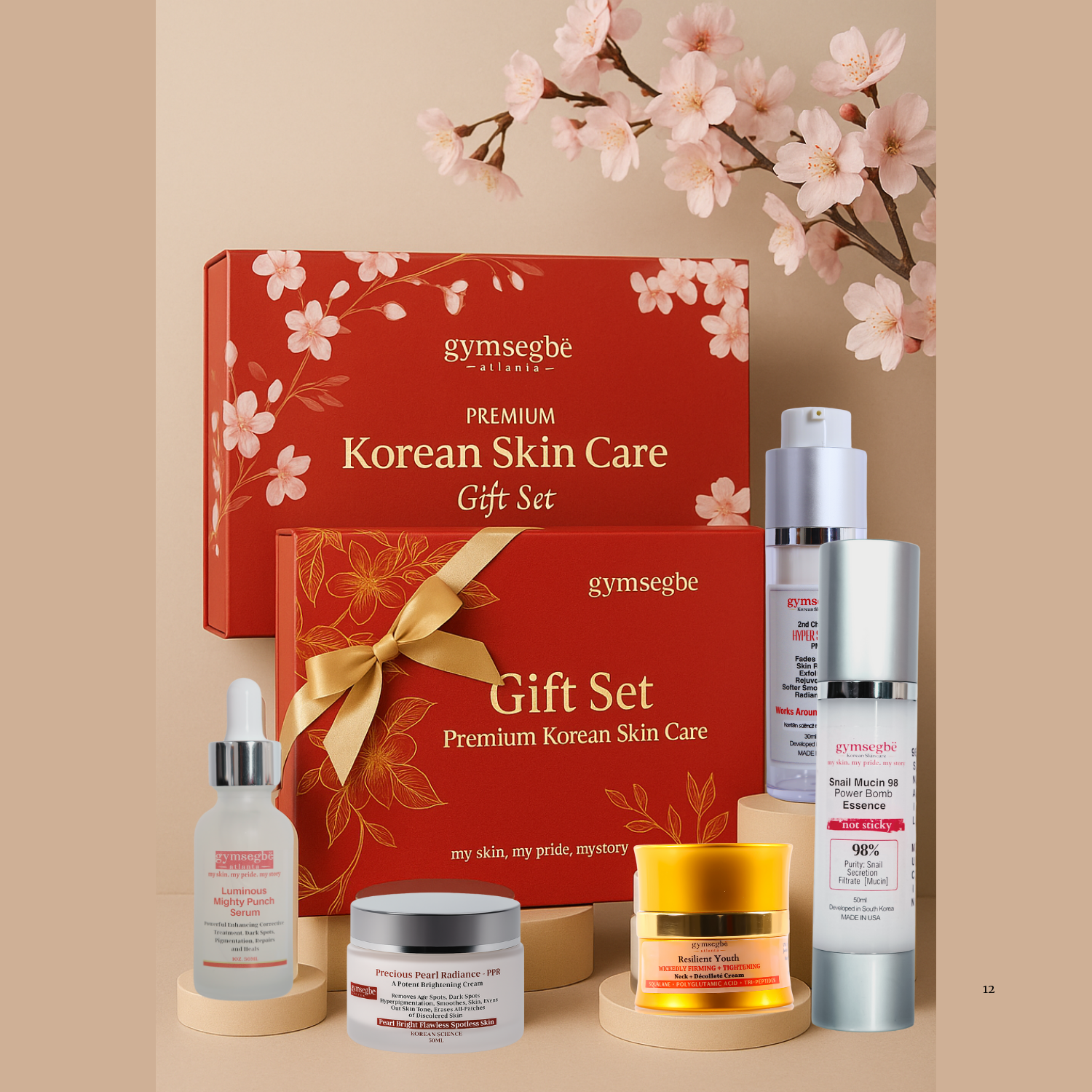Chemical Peels 101: All You Need to Know

In the last blog post, we talked about the benefits and differences between glycolic acid and lactic acid. If we have interested you into going even more, like having a chemical peel, then this is the article for you. We will explain everything you need to know and point to some things that might be important. But first, let’s see what chemical peels are.

What Are Chemical Peels?
Before talking about this highly popular and effective cosmetic procedure, let’s determine what chemical peels actually are.
A chemical peel is a type of treatment that resurfaces the skin by removing the top, damaged layer. It used chemical solutions such as alpha-hydroxy acid to remove that layer of the skin that is damaged.
Even though considered as chemical exfoliation, peels are also great for stimulating skin cell turnover, for correcting discoloration, clogged pores, and overall for providing a healthy-looking skin that glows.
A chemical peel is a controlled treatment that can go more or less into the skin, depending on the solution used. The controlled injury your skin will suffer is what you get when you remove the outer layer. The results are indeed improved skin texture, less or no acne, treated scars, fewer lines, and fewer wrinkles.
Reasons To Consider Chemical Peels
Chemical peels are the most popular procedure in the cosmetic industry. It is not a surprise since they can successfully treat many different skin problems. These are just some of the skin conditions that can be treated with a chemical peel.
- UVA ray damage
- Hyperpigmentation
- Melasma
- Freckles
- Age freckles
- Acne scars
- Texture of skin
- Acne
- Rosacea
- Wrinkles and fine lines

Different Types of Chemical Peels
Generally speaking, chemical peel treatments are available in three different potency layers. Each of these three types uses various solutions, going more or less deep into your skin. The professional should be the one who decides which level to take, depending on your skin type and concerns.
Light Chemical Peels
Light chemical peels are perfect for someone with an overall good skin condition. It is suitable for those who only want to refresh their skin, potentially remove some skin problems like acne. Light skin peels can treat wrinkles and fine lines, as well as correct skin texture and even skin tone.
A light chemical peel can be done every two weeks for several months. You can expect to recover after a couple of days completely. Red skin, mild dryness, and irritation can appear after the light chemical peel. However, the patient can go back to work immediately after the peel.
Medium Chemical Peels
Medium chemical peels are those that require more days for the patient to recover. For these kinds of peels, stronger chemicals are used and they are usually of higher concentration. Therefore, they go deeper into the skin. You can experience redness and flaky skin that takes about a week to recover.
Peels of this level are done three to four times a year. They are mostly used in treatments of fine lines and wrinkles, hyperpigmentation, discolorations, and scars from acne and lasers.
Deep Chemical Peels
As the name itself says, deep chemical peels are used in the treatment of deeper wrinkles and lines and severe scars caused by acne. The chemicals that are used in these treatments are much stronger, so this is one of those treatments you should leave to a professional.
The healing time after a deep peel can be between two or three weeks. Cold compresses, as well as suitable lotions, are recommended. You should avoid the sun always apply sunscreen before heading out.
The Cost of Chemical Peels
The cost of the chemical peel depends on the level you are taking, the country, and of course the professional. The cost varies between $400 and $600. A typical chemical peel treatment is done by a pro but without anesthesia is around $500. Spas or clinics that don’t have physicians can charge even less for treatment.
















